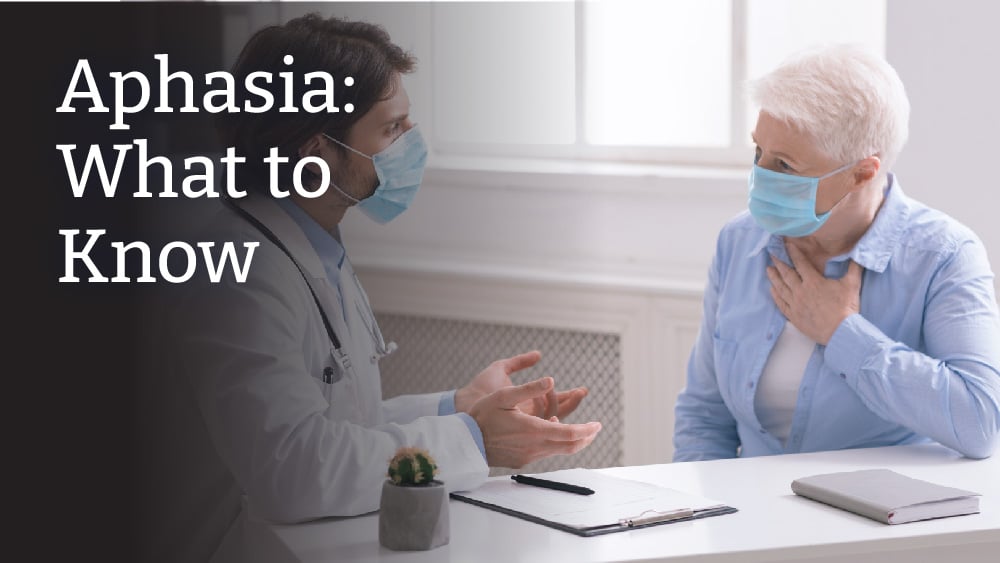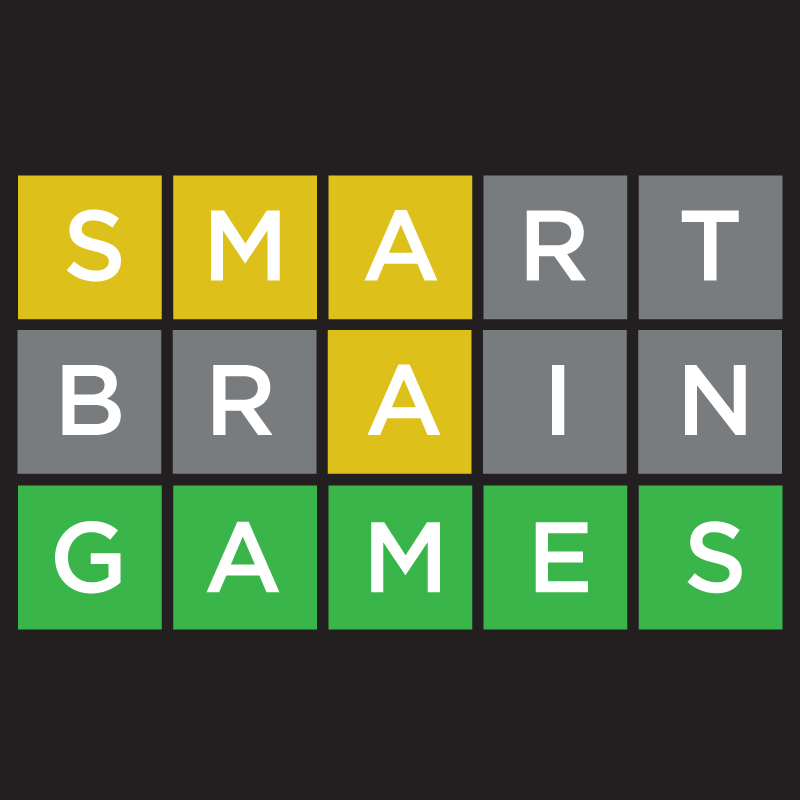Recent news of actor Bruce Willis’ diagnosis with aphasia has thrust the disorder into the national spotlight. Willis is one of the 2 million people in the U.S. who are affected by aphasia, according to the National Aphasia Association.
Isabel Baldwin, a speech language pathologist with Rochester Regional Health, explains what the disorder is, how it affects people, and how patients can seek treatment.
What is aphasia?
Aphasia is a neurological disorder that affects a person’s ability to communicate and process language. This affects a person’s ability to speak and understand others; a person’s overall intelligence is not impacted by aphasia.
Aphasia can affect just a single ability or multiple abilities in a person. Some of these abilities may include:
- Trouble with word retrieval
- Problems understanding speech
- Difficulty reading or writing
- Challenges with speaking
“Aphasia is not a one-size-fits-all diagnosis,” Baldwin said. “There is a range when it comes to the ways the brain is affected by this condition. Each person is assessed differently based on their ability to communicate in different ways.”
Causes and symptoms
Aphasia is caused by damage to one or more areas of the brain that control communication. The most common cause is due to stroke. Brain tumors, head trauma, infections, and progressive neurological conditions have also been shown to cause aphasia.
Because aphasia can be caused by sudden change (stroke or tumor) or gradual damage (neurological condition) to the brain, this means the symptoms can also be sudden or gradual. A patient’s diagnosis can range from mild to severe, depending on how their symptoms may appear.
More mild aphasia is associated with difficulty finding words, or having trouble using the right word in conversation. This is also referred to as Anomia.
Moderate cases are noted in the ways a patient expresses or receives communication. Someone may speak in a halting or stuttering speech pattern. Others may be able to understand simple sentences, but are lost when more complex messages are being given.
Severe cases often involve both expressive and receptive delays. A patient may not be able to understand what is being said and/or are non-verbal when it comes to communicating.
Approximately 180,000 people are diagnosed with aphasia each year, according to the National Aphasia Association. Severe cases of aphasia are diagnosed more often than mild or moderate cases.
Diagnosis
Patients who are experiencing difficulty comprehending or expressing words – either written and spoken – are usually referred to a neurologist. They will undergo an MRI or CT scan to look for any signs of damage to the brain.
If aphasia is suspected, a patient will be referred to a speech language pathologist. The speech language pathologist will perform a comprehensive assessment of the patient to determine which areas of communication may be experiencing deficits.
The screening process may include:
- Naming objects and body parts
- Simple responses and conversation cues (e.g., ‘Hello’, ‘How are you?’)
- Days of the week, months of the year
- Picture descriptions
- Ability to follow commands
“Based on this assessment, we are able to determine whether there is an aphasia and gauge how severe it may be,” Baldwin said. “Typically, as a patient moves toward a rehabilitation setting, they will undergo additional language testing and engage in more therapy.”
Treatment
Over time, people with aphasia can improve their communication and language abilities through speech therapy. Improvement depends on a number of factors, including the severity of the aphasia, how intense the therapy is, family involvement, and patient engagement.
With aphasia, speech therapy will usually focus on three areas:
- Strengthening current language abilities
- Restoring any language abilities that have been lost
- Determining new ways to communicate
A speech therapist will assess a patient to determine their current abilities and use those as a springboard to build up and branch off into other forms of communication and language use. They will also work with the patient to determine what their daily needs are so they can give them a better quality of life and help them participate in activities they want to be involved in.
Depending on the severity of the case, an augmentative and alternative communication device may be brought in for the patient to use. This is a tablet that has words or pictures that allow a patient to communicate more effectively.
“Certainly, patients with a milder version of this disorder can recover from it, but it can be a lifelong deficit,” Baldwin said.
Prevention and helpful tips
While aphasia itself cannot be prevented, cases can be less severe if damage to the brain is limited. Since strokes are the most common causes of aphasia, people should be aware of the signs and symptoms of a stroke and seek treatment quickly. The quicker a stroke is treated, the better the chance of recovery.
One of the easiest ways is to remember the acronym B.E.F.A.S.T.:
Balance
Eyes
Facial drooping
Arm weakness
Speech difficulties
Time to call 911
If you are talking or interacting with a person who has aphasia, try to keep your conversations simple, and use gestures and facial expressions to augment your language. Don’t talk down to them or baby the conversation; their intelligence is still there, even if their ability to communicate is not.









